Flight D7237 was supposed to depart and arrive smoothly for Kuala Lumpur from Perth on Sunday morning with 359 people on board. Little did the passengers realize they were about to experience the scariest 90-minute ride of their life. Adding salt to injury, Malaysian airlines – both AirAsia and Malaysia Airlines (which went bankrupt before restructured) – aren’t new to aviation catastrophic.
The AirAsia X’s Airbus A330-300 hit what a passenger described as “sitting on top of a washing machine” just 90 minutes into the flight, before making a U-turn back to Perth. The problem started with a loud bang which woke some passengers up. Sophie Nicolas said it was an explosion on left wing, while Dave Parry remembered a strange smell wafting through the cabin.

“I could tell by the cabin crew’s reaction that it was really bad. I was crying a lot, a lot of people were crying, trying to call their mums and stuff but we couldn’t really do anything just wait and trust the captain. Everybody burst into applause when we landed,” – passenger Sophie Nicolas told ABC News. Yes, the good news is the plane landed safely at 10:00 local time (02:00 GMT) on Sunday.
A number of passengers on board the budget flight said the plane had suffered an “engine seizure” causing it to shake. The Australian Transport Safety Bureau, however, said the flight crew onboard the Airbus A330-300 detected “moderate airframe vibrations” and the number one engine failed during cruise mode.
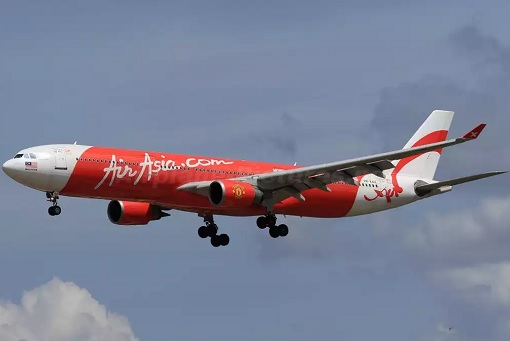
But twin-engine aircraft like the A330 are designed to fly and land safely with only one engine operating. Hence, the fact that the aircraft could not maintain altitude means there could be more serious problems than a single engine failure. If there’s a serious defect with the engine, neither Perth Airport nor AirAsia knew about it, and Rolls-Royce certainly isn’t telling.
The issue with the jet’s Rolls-Royce Trent 700 engine is the second significant incident this month and the third since May. A China Eastern Airlines A330, also powered by Trent 700s, was forced to turn back to Sydney just after takeoff for Shanghai after part of its engine nacelle broke apart. Similar damage was sustained on an Egypt Air flight in May.
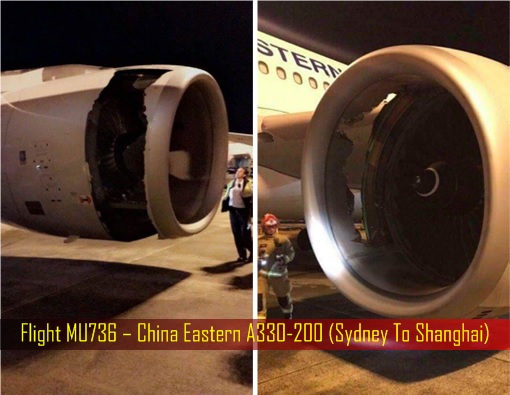
Fortunately, the AirAsia Airbus A330-300 aircraft didn’t crash, like the one experienced by its sister plane – Flight QZ8501 – which crashed into the Java Sea in December 2014, killing all 162 people on board after the aircraft’s rudder control system malfunctioned during the flight. Another Malaysia airline, Malaysian Airlines, saw its flight MH370 went missing and flight MH17 shot down – both in 2014.
While it’s not yet clear what caused the issue with the AirAsia flight D7237’s Rolls-Royce engines, which is expected to take several months, the pilot did the right thing by turning back to Australia, not that he had any choice. Passengers near the left engine were asked to tell cabin crew if they noticed what happened or could see problems with the engine.
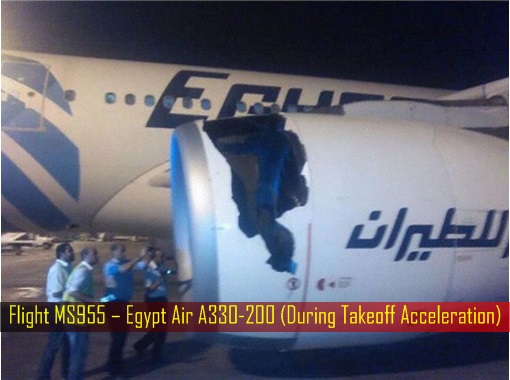
Still, the professionalism of the pilot is being questioned when it was revealed that passengers on board were asked to pray. Passenger Sophie Nicolas said – “He (the flight captain) said `I hope you all say a prayer, I will be saying a prayer too and let’s hope we all get back home safely’.” But what is wrong with the pilot asking for prayers?
In an emergency situation such as flight D7237, a professional pilot should do everything in his / her power to calm passengers, assuring that everything will be alright, not creating fear by asking passengers to pray. Asking passengers to pray will aggravate anxiety simply because praying is carried out as the last resort – when nothing can be done to rescue the situation.
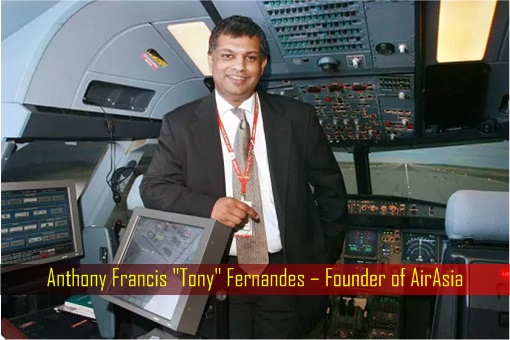
AirAsia must understand that the passengers pay and place their faith in its pilots, not the God. Entrusted by 359 people on board, a pilot should put into practice the training he has undergone, not preaches the religion he has attended. The last thing passengers need is illusion that the pilot was busy praying in the cockpit, instead of piloting. Praying should be left to the individual passengers, based on their belief.
The pilot should just concentrate on his job – bring the plane to safety and the passengers back safely. Can you imagine some panicked and fearful passengers started opening emergency door trying to get out of the perceived doomed plane? AirAsia should make up its mind whether the airline flies its passengers based on their competency or religiosity.
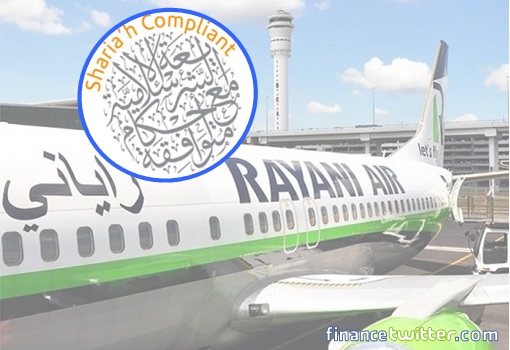
And what does God got to do with the crisis on board flight D7237? Why must God be involved in the aviation industry? Rayani Air, supposedly Malaysia’s first “Shariah-compliant” airline, had gone bust just 110 days into operation. How come the God didn’t protect the airline, which conducted prayers before or during every flight? Was Rayani Air too fake to be a “halal” airline?
Prayer aside, there seems to be another problem with AirAsia competency. The loss of one engine on a twin-engine aircraft requires the crew to divert to the nearest suitable airport. Now Australia’s crash and regulatory watchdogs want to know why the pilots of the A330-300 did not divert to Learmonth, just 25 minutes away, rather than fly the 90 minutes back to Perth.
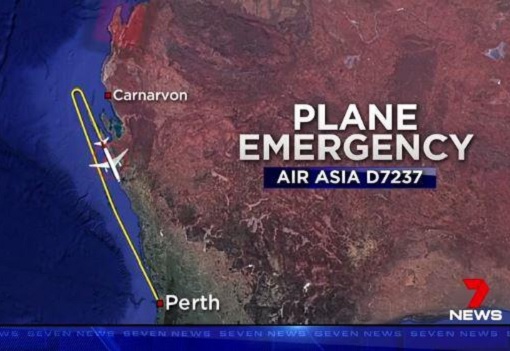
Sure, the decision to take a longer journey could be to burn off excess fuel. The aircraft would have flown around in circles even if it reaches a nearer landing point of Learmonth. But wouldn’t that be safer than to cruise on a longer route, not knowing other unknown risks? Perhaps the pilot knew the engine problem wasn’t serious. But then why asked passengers to pray as if it was the end of the world?
AirAsia was also hit with a question on why the faulty engine was allowed to run, when it should be shut down. Shutting down the problematic engine would have stopped the “washing machine”. For now, it’s wise to stop taking flight involving Airbus A330-300, for obvious reason. Either way, you know you’re in trouble when the pilot asks you to pray. At least AirAsia can be proud because – now everyone can pray!

Other Articles That May Interest You …
- Rayani Air May Go Bust – World’s Shortest-Lived Shariah-Compliant Airline
- Here’s Why Rayani Air Is Too Fake To Be A “Halal” Airline
- Secrets Revealed – TIPS To Get A Free First Class Flight Upgrade
- Here’re 20 Dirty Secrets The Airlines Don’t Want You To Know
- Top-15 Best & Luxurious First Class Amenity Kits From Airlines Around The World
- Secret Revealed – The Secret Chambers Where Pilot & Cabin Crew Rest & Sleep (Photos)
- Here’re Insider Reasons Why Malaysia Airlines Bailout Will Not Work
- Here’s How Russian-Made Buk Missile Systems Shot Down Flight MH17, In 9.86 Seconds
- Missing Jet – Results of Endless Corruption, Incompetence, Extremism

|
|
June 27th, 2017 by financetwitter
|


|

|

|

|

|

|




























Comments
Add your comment now.
Leave a Reply